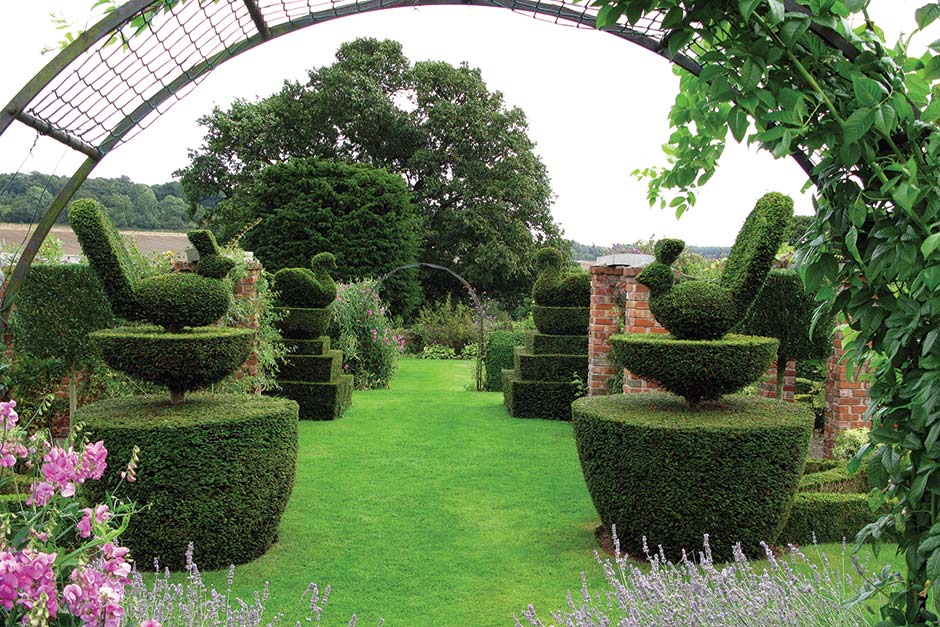Felley Priory Gardens
Free RHS Member days
Tuesday and Wednesday, when open
About the garden
The first plants introduced by the creator of the garden, Maria Chaworth-Musters, were yew hedges to provide shelter. An annual highlight in spring is the carpet of daffodils in the orchard, some of which are extremely rare. Other spring blooms include tulips, magnolias, snake’s head fritillary, hellebores, herbaceous peonies and tree peonies and a stunning woodland carpet of bluebells.
The herbaceous borders are the centrepiece of the summer months, while an extensive collection of hydrangeas adds autumn colour to the garden. Many of the trees display autumnal hues of red and orange, complemented by pale mauve and white colchicums. The topiary is the original framework from which the garden was established and remains an outstanding feature in winter. At the start of the year, 60 varieties of snowdrops emerge, including the familiar white types and some rarer yellow varieties.
Facilities
- Assistance dogs only
- Accessible garden
- Parking
- Plant sales
- Toilets
Key features
- Wildflower meadow
- Herbaceous border
- Arboretum
- Winter garden
Get involved
The RHS is the UK’s gardening charity, helping people and plants to grow - nurturing a healthier, happier world, one person and one plant at a time.


